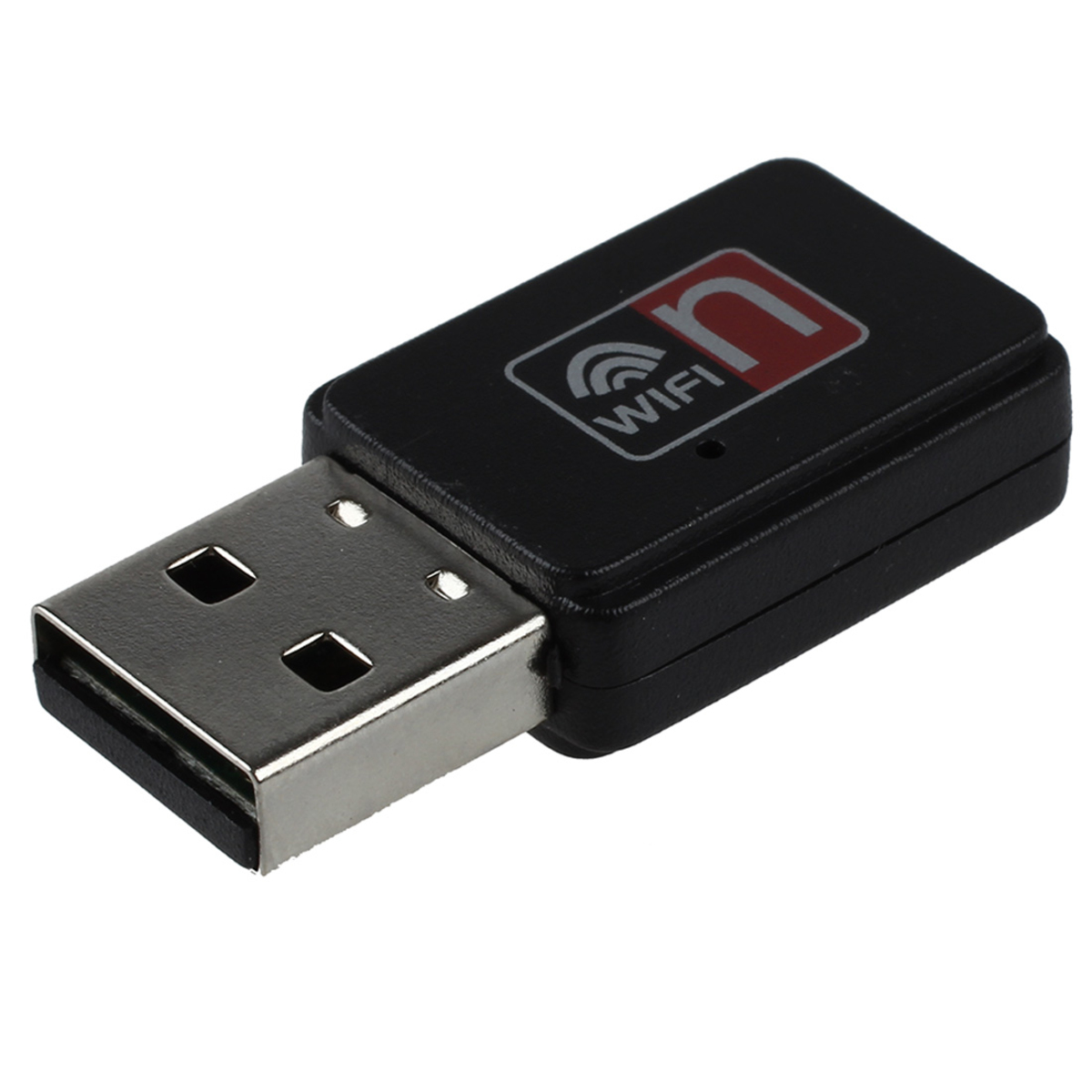

Articles
How To Update Wifi Adapter Drivers
Modified: December 7, 2023
Learn how to update your wifi adapter drivers with our helpful articles. Stay connected and improve your internet speed.
(Many of the links in this article redirect to a specific reviewed product. Your purchase of these products through affiliate links helps to generate commission for Storables.com, at no extra cost. Learn more)
Introduction
Having a stable and efficient internet connection has become a vital necessity in our daily lives. Whether it’s for work, streaming, gaming, or simply staying connected with friends and family, a reliable Wi-Fi connection plays a crucial role. The performance of your Wi-Fi adapter can greatly impact the overall speed and stability of your internet connection.
One of the key factors influencing the performance of your Wi-Fi adapter is its drivers. Drivers are software programs that allow your operating system to communicate with the hardware devices in your computer, including the Wi-Fi adapter. Updating your Wi-Fi adapter drivers to the latest version can bring significant enhancements, such as improved speed, stability, compatibility, and security.
In this article, we will guide you through the process of updating your Wi-Fi adapter drivers on different operating systems, including Windows, Mac, and Linux. We will also cover how to troubleshoot any potential issues that may arise during the driver update process.
Before we dive into the specific steps for updating your Wi-Fi adapter drivers, let’s first learn how to check the current version of your Wi-Fi adapter driver.
Key Takeaways:
- Regularly updating your Wi-Fi adapter drivers is essential for improving internet speed, stability, and security. By following the step-by-step process outlined in this article, you can ensure a seamless and reliable Wi-Fi experience.
- In the event of driver update issues, troubleshooting tips provided in the article can help you overcome common problems. Remember to seek support if needed and ensure compatibility for a smooth driver update process.
Read more: How To Update Printer Driver On Mac
Why Update Wi-Fi Adapter Drivers
Updating your Wi-Fi adapter drivers on a regular basis is important for several reasons. Here are some key reasons why you should consider updating your Wi-Fi adapter drivers:
- Performance Improvement: Wi-Fi adapter driver updates often come with performance optimizations that can enhance the speed and stability of your internet connection. These improvements can help you to experience faster download and upload speeds, reduced latency, and a more reliable Wi-Fi connection overall.
- Compatibility: Keeping your Wi-Fi adapter drivers up to date ensures compatibility with the latest operating systems, security protocols, and Wi-Fi standards. It allows your Wi-Fi adapter to work seamlessly with newer routers and access points, ensuring smooth and uninterrupted connectivity.
- Bug Fixes: Like any other software, Wi-Fi adapter drivers may have bugs or issues that can impact their performance. Driver updates often include bug fixes, addressing known issues and improving overall stability. By updating your drivers, you can resolve connectivity problems, intermittent disconnections, or other issues you may be experiencing with your Wi-Fi connection.
- Security Enhancements: Outdated Wi-Fi adapter drivers can be vulnerable to security threats, leaving your device and personal information at risk. Driver updates typically include security patches that address known vulnerabilities, protecting your device from potential attacks. By keeping your drivers updated, you ensure a more secure Wi-Fi connection.
- New Features: Some driver updates may introduce new features or functionalities for your Wi-Fi adapter. These additions can offer improved control over your network settings, advanced connection management options, and other enhancements that can enhance your overall Wi-Fi experience.
By understanding the importance of updating your Wi-Fi adapter drivers, you can leverage the benefits they bring and ensure that your Wi-Fi connection remains fast, stable, and secure. Now that you know why updating your Wi-Fi adapter drivers is essential, let’s proceed to the next step: checking the current version of your Wi-Fi adapter driver.
Checking Current Wi-Fi Adapter Driver Version
Before updating your Wi-Fi adapter drivers, it’s important to know the current version of the driver installed on your computer. Here are the steps to check the current Wi-Fi adapter driver version:
- Open the Device Manager: On Windows, you can do this by pressing the Windows key + X and selecting Device Manager from the menu. On Mac, go to the Apple menu, select About This Mac, and click on System Report. On Linux, the process may vary depending on your distribution. Typically, you can find the option under System Settings or in the Applications menu.
- In the Device Manager window, expand the ‘Network adapters’ category.
- Look for your Wi-Fi adapter in the list. It is usually labeled as ‘Wi-Fi’, ‘Wireless’, or by the brand name of the adapter.
- Right-click on the Wi-Fi adapter and select ‘Properties’ or ‘Get Info’.
- In the Properties or Get Info window, navigate to the ‘Driver’ or ‘General’ tab.
- Look for the ‘Driver Version’ or ‘Version’ information. This will display the current driver version installed on your computer.
Take note of the current driver version or consider taking a screenshot for future reference. This information will be helpful when searching for the latest driver version to download and install.
Now that you have checked the current Wi-Fi adapter driver version, you are ready to find the latest version and proceed with the update process. In the next section, we will guide you on how to find the latest Wi-Fi adapter driver version.
Find the Latest Wi-Fi Adapter Driver Version
In order to update your Wi-Fi adapter driver, you need to find the latest version that is compatible with your specific model and operating system. Here are several methods to find the latest Wi-Fi adapter driver version:
- Visit the manufacturer’s website: The official website of your Wi-Fi adapter’s manufacturer is often the most reliable source for downloading the latest drivers. Look for a ‘Support’ or ‘Downloads’ section on the website. Search for your specific model and operating system to find the latest driver version available for download.
- Use the Device Manager: In the Device Manager (as mentioned in the previous section), right-click on your Wi-Fi adapter and select ‘Update driver’. Choose the option to search automatically for updated driver software. The Device Manager will connect to Windows Update or another driver repository to find the latest driver version for your adapter.
- Third-party driver update software: There are several third-party software tools available that can scan your system, detect outdated drivers, and provide the latest driver versions for download. These tools can simplify the driver update process by automatically identifying and downloading the correct driver for your Wi-Fi adapter.
- Community forums and support groups: Online forums and support groups dedicated to your specific Wi-Fi adapter model or brand can also be a valuable resource for finding the latest driver version. Members of the community may share their experiences and provide links to reliable sources for driver updates.
When searching for the latest Wi-Fi adapter driver version, make sure to select the version that corresponds to your exact model and operating system. Downloading and installing the wrong driver can cause compatibility issues or even lead to system instability.
Once you have found the latest driver version, you are ready to proceed with the next step: downloading the Wi-Fi adapter driver. We will cover this process in the following section.
Downloading the Latest Wi-Fi Adapter Driver
After finding the latest Wi-Fi adapter driver version for your specific model and operating system, it’s time to download the driver. Here’s how you can download the latest Wi-Fi adapter driver:
- Visit the manufacturer’s website: Go to the official website of your Wi-Fi adapter’s manufacturer. Navigate to the ‘Support’ or ‘Downloads’ section.
- Search for your specific model: Enter your Wi-Fi adapter’s model number or select your model from the available options. Make sure to choose the correct model as different models may have different driver versions.
- Select your operating system: Choose the operating system you are using, such as Windows, Mac, or Linux. Some manufacturers may also provide options for different versions of the operating system.
- Download the driver: Look for the driver that corresponds to your operating system and click on the download link. The driver file will usually be in the form of a compressed file (.zip, .rar) or an executable file (.exe, .dmg).
- Save the driver file: Choose a location on your computer where you want to save the driver file. It is recommended to save it in a location that is easily accessible, such as the desktop or a dedicated ‘Downloads’ folder.
Once the download is complete, you have successfully obtained the latest Wi-Fi adapter driver. Now, let’s move on to the next step: installing the Wi-Fi adapter driver.
Read more: What Is Wifi Adapter
Installing the Wi-Fi Adapter Driver
Now that you have downloaded the latest Wi-Fi adapter driver, it’s time to install it on your computer. Follow these steps to install the driver:
- Locate the downloaded driver file: Navigate to the location on your computer where you saved the driver file.
- Extract the driver file if it’s compressed: If the driver file is in a compressed format (.zip, .rar), right-click on it and select ‘Extract All’. Choose a destination folder to extract the contents of the compressed file.
- Run the driver installer: Double-click on the driver file. If it’s an executable file (.exe, .dmg), a wizard or installer will open. Follow the on-screen prompts to begin the installation process.
- Read and accept the license agreement: The driver installer may present a license agreement. Read through the agreement and click on the ‘Accept’ or ‘Agree’ button to proceed with the installation.
- Follow the installation wizard: The installation wizard will guide you through the installation process. It may prompt you to select the installation location, choose additional software components, or customize the installation settings. Follow the instructions provided by the wizard and click ‘Next’ or ‘Install’ to continue.
- Wait for the installation to complete: The driver installation process may take a few moments. Allow the installation to proceed and do not interrupt it.
- Restart your computer (if required): In some cases, the driver installation may require a system restart to take effect. If prompted, save any unsaved work and restart your computer.
After the installation is complete and your computer has restarted (if necessary), the latest Wi-Fi adapter driver should be successfully installed. The driver update will bring improvements to your Wi-Fi adapter’s performance, compatibility, and security.
Now that you have installed the Wi-Fi adapter driver, we will proceed with the next section, which covers the process of updating Wi-Fi adapter drivers on different operating systems.
When updating WiFi adapter drivers, always download the latest drivers from the manufacturer’s website to ensure compatibility and stability. Be sure to uninstall the old drivers before installing the new ones.
Updating Wi-Fi Adapter Drivers on Windows
If you’re using Windows as your operating system, updating your Wi-Fi adapter drivers is a straightforward process. Here’s how you can update your Wi-Fi adapter drivers on Windows:
- Open the Device Manager: Press the Windows key + X and select ‘Device Manager’ from the menu that appears.
- Expand the ‘Network adapters’ category: In the Device Manager window, locate and click the arrow next to the ‘Network adapters’ category to expand it.
- Find your Wi-Fi adapter: Look for your Wi-Fi adapter in the list. It is usually labeled as ‘Wi-Fi’, ‘Wireless’, or by the brand name of the adapter.
- Right-click on your Wi-Fi adapter: Right-click on your Wi-Fi adapter and select ‘Update driver’ from the context menu.
- Choose how to search for drivers: In the update driver window, select the option to search automatically for updated driver software. Windows will connect to Windows Update or another driver repository to search for the latest driver version.
- Follow the on-screen instructions: Windows will now search for and install the latest driver version for your Wi-Fi adapter. Follow the on-screen prompts and instructions to complete the driver update process.
- Restart your computer (if required): After the driver update is complete, you may be prompted to restart your computer. Save any unsaved work and restart your computer to apply the changes.
By following these steps, you can easily update your Wi-Fi adapter drivers on Windows. The updated drivers will enhance the performance, stability, and security of your Wi-Fi connection. In the next sections, we will cover how to update Wi-Fi adapter drivers on Mac and Linux operating systems.
Updating Wi-Fi Adapter Drivers on Mac
If you are using a Mac computer, updating your Wi-Fi adapter drivers can help improve performance and compatibility. Here’s how you can update Wi-Fi adapter drivers on Mac:
- Click on the Apple menu: In the top-left corner of your screen, click on the Apple menu icon.
- Select ‘System Preferences’: From the drop-down menu, select ‘System Preferences’.
- Open ‘Software Update’: In the System Preferences window, find and click on the ‘Software Update’ icon.
- Check for updates: Your Mac will now check for any available updates, including updates for your Wi-Fi adapter drivers. If there are updates available, click on the ‘Update Now’ button to install them.
- Authenticate if prompted: Depending on your system settings, you may be prompted to enter your administrator password to allow the installation of updates.
- Follow the on-screen instructions: Your Mac will begin downloading and installing the available updates, which may include the latest Wi-Fi adapter drivers. Follow the on-screen instructions to complete the update process.
- Restart your computer (if required): After the update is complete, you may be prompted to restart your Mac. Save any unsaved work and restart your computer to apply the changes.
By following these steps, you can easily update your Wi-Fi adapter drivers on a Mac. Updating the drivers ensures that you have the latest features, improvements, and compatibility optimizations for your Wi-Fi connection. In the next section, we’ll cover how to update Wi-Fi adapter drivers on Linux.
Updating Wi-Fi Adapter Drivers on Linux
Updating Wi-Fi adapter drivers on Linux may vary depending on your specific distribution. Here is a general guide on how to update Wi-Fi adapter drivers on Linux:
- Open the terminal: Launch the terminal on your Linux system. You can usually find it in your applications menu or by pressing Ctrl + Alt + T.
- Identify your Wi-Fi adapter: In the terminal, enter the following command to list the network devices:
sudo lshw -C networkLook for the Wi-Fi adapter information, including the manufacturer and model.
- Determine the driver module: Once you’ve identified your Wi-Fi adapter, find the driver module associated with it. You can use the following command to list the loaded kernel modules:
lsmod | grep "your_driver_module" - Check for updates: To update the driver module, you’ll need to check if there are any updates available. This process may vary depending on your Linux distribution. You can use package managers like ‘apt-get’, ‘yum’, or ‘dnf’ to search for and update the driver module. For example, if you’re using ‘apt-get’, you can use the following command to update the module:
sudo apt-get update && sudo apt-get upgradeThis command will update all installed packages, including the driver modules.
- Restart if required: After updating the driver module, you might need to restart your Linux system for the changes to take effect. Save any unsaved work and restart your computer if prompted.
Keep in mind that the steps provided are general guidelines, and the exact process may vary depending on your Linux distribution and the specific Wi-Fi adapter model you have. It’s recommended to consult the documentation or online resources specific to your distribution for more detailed instructions.
By updating the Wi-Fi adapter drivers on your Linux system, you can ensure improved performance, stability, and compatibility for your Wi-Fi connection.
In the next section, we will address some common issues that may arise during the Wi-Fi adapter driver update process and how to troubleshoot them.
Read more: How To Install Driver For Network Adapter
Troubleshooting Wi-Fi Adapter Driver Update Issues
While updating your Wi-Fi adapter drivers is generally a smooth process, some issues may occasionally arise. Here are some common problems you may encounter during the driver update process and how to troubleshoot them:
- Incompatible driver: If you downloaded a driver that is not compatible with your specific Wi-Fi adapter model or operating system, it may cause installation issues or system instability. Make sure to double-check the compatibility of the driver before downloading and installing it. Visit the manufacturer’s website or consult support forums for assistance in finding the correct driver version.
- Driver installation failure: If the driver fails to install correctly, try running the installation file as an administrator or in compatibility mode. Also, ensure that you have sufficient disk space available and that your antivirus software is not blocking the installation process.
- Connection issues after the update: If you experience connectivity problems after updating the Wi-Fi adapter driver, try restarting your computer. If the issue persists, you can roll back to the previous driver version by accessing the Device Manager, right-clicking on your Wi-Fi adapter, selecting ‘Properties,’ and navigating to the ‘Driver’ tab. From there, choose the option to roll back the driver.
- Driver conflicts: Sometimes, conflicts between different drivers or software on your computer can interfere with the Wi-Fi adapter driver update process. To resolve conflicts, uninstall any redundant or conflicting drivers, and try reinstalling the desired driver.
- Incomplete driver update: If the Wi-Fi adapter driver update process gets interrupted or canceled, it can lead to incomplete installation. In such cases, uninstall the partially installed driver, restart your computer, and attempt the driver update process again.
If you continue to face issues with the driver update, it may be helpful to consult the support documentation of your Wi-Fi adapter manufacturer or seek assistance from their customer support. They can provide specific troubleshooting steps or alternative solutions based on your adapter model and operating system.
Remember that it is essential to create a backup of your important files before making any major changes to your system, such as updating drivers. This precaution ensures that you can revert back to a stable state if any unexpected issues occur.
By following these troubleshooting steps, you can overcome common issues that may arise during the Wi-Fi adapter driver update process and enjoy an improved Wi-Fi connection.
Now, let’s wrap up all the information we’ve covered in this article.
Conclusion
Updating your Wi-Fi adapter drivers is crucial for optimizing the performance, stability, and security of your internet connection. By following the steps outlined in this article, you can easily update your Wi-Fi adapter drivers on different operating systems.
We discussed the importance of updating Wi-Fi adapter drivers and the benefits it provides, such as performance improvements, enhanced compatibility, bug fixes, and security enhancements. Keeping your drivers up to date ensures that you have the latest features and optimizations for a seamless Wi-Fi experience.
We covered how to check the current Wi-Fi adapter driver version, find the latest driver version, download the driver, and install it on your computer. Additionally, we provided step-by-step instructions for updating Wi-Fi adapter drivers on Windows, Mac, and Linux operating systems.
If you encounter any issues during the driver update process, we outlined troubleshooting tips to help you overcome common problems. Remember, it’s important to ensure compatibility, follow the proper installation procedures, and seek support if needed.
By regularly updating your Wi-Fi adapter drivers, you can ensure that you are taking full advantage of the capabilities of your hardware, improving your connectivity, and enjoying a smooth and reliable Wi-Fi experience.
Now that you’re equipped with the knowledge to update your Wi-Fi adapter drivers, go ahead and give your internet connection a boost by keeping those drivers up to date.
Frequently Asked Questions about How To Update Wifi Adapter Drivers
Was this page helpful?
At Storables.com, we guarantee accurate and reliable information. Our content, validated by Expert Board Contributors, is crafted following stringent Editorial Policies. We're committed to providing you with well-researched, expert-backed insights for all your informational needs.
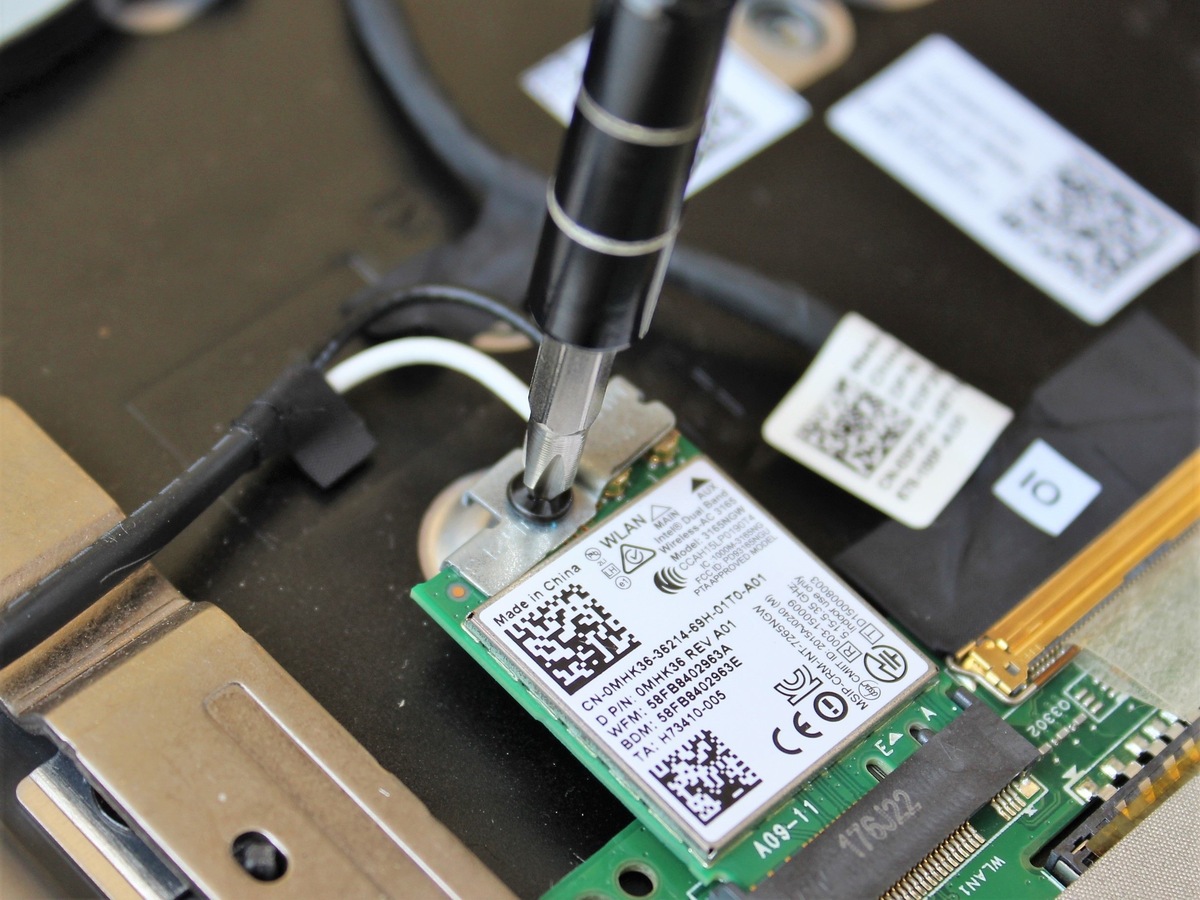
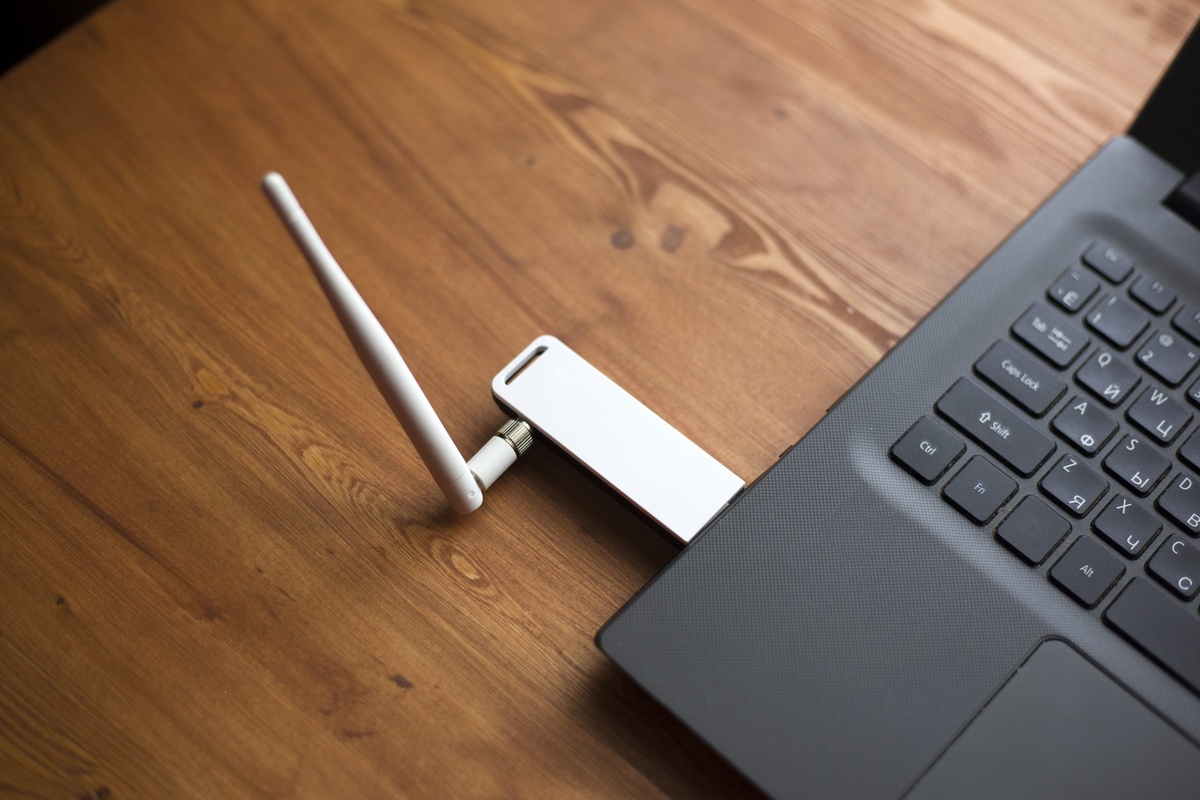
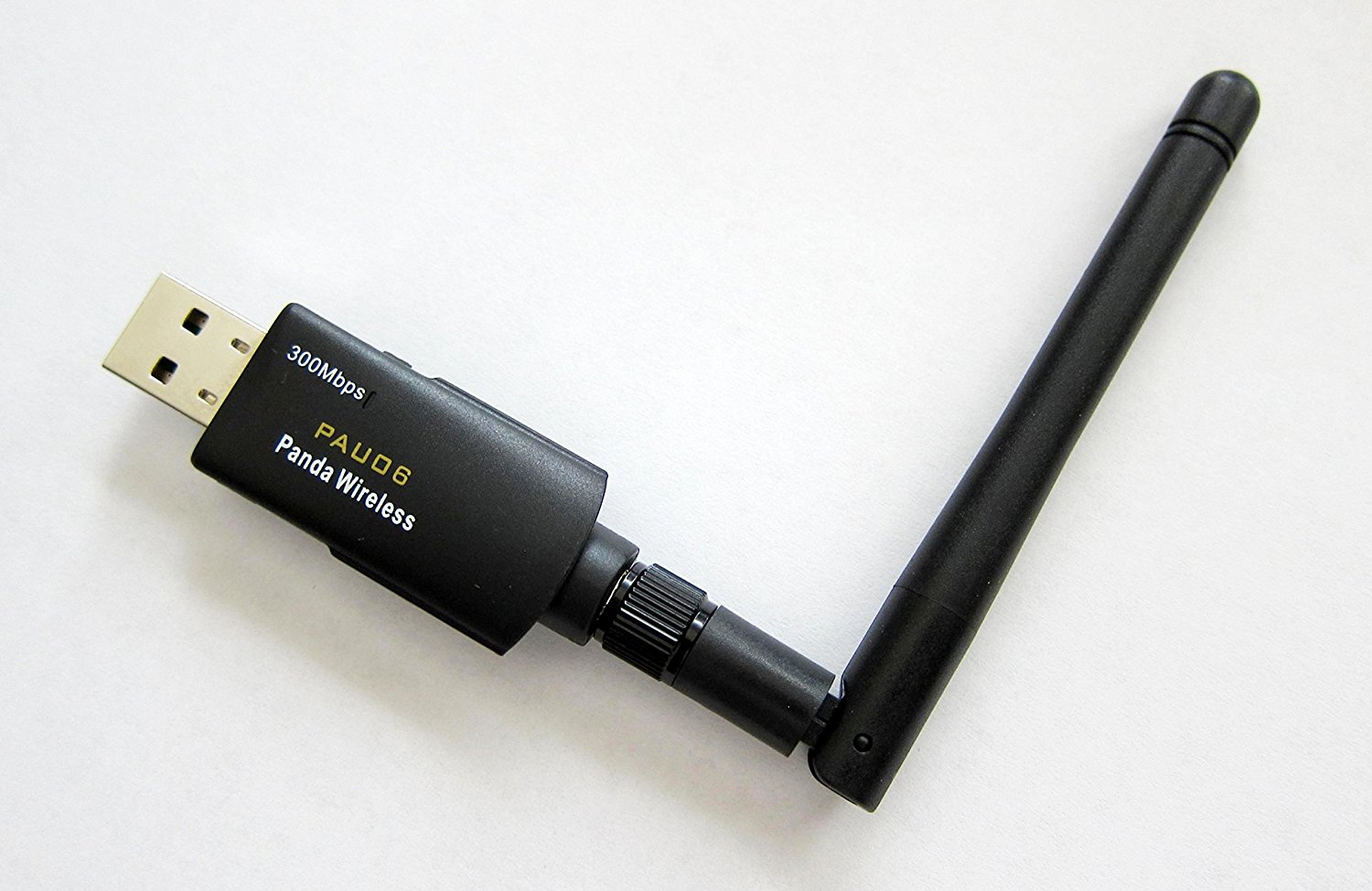
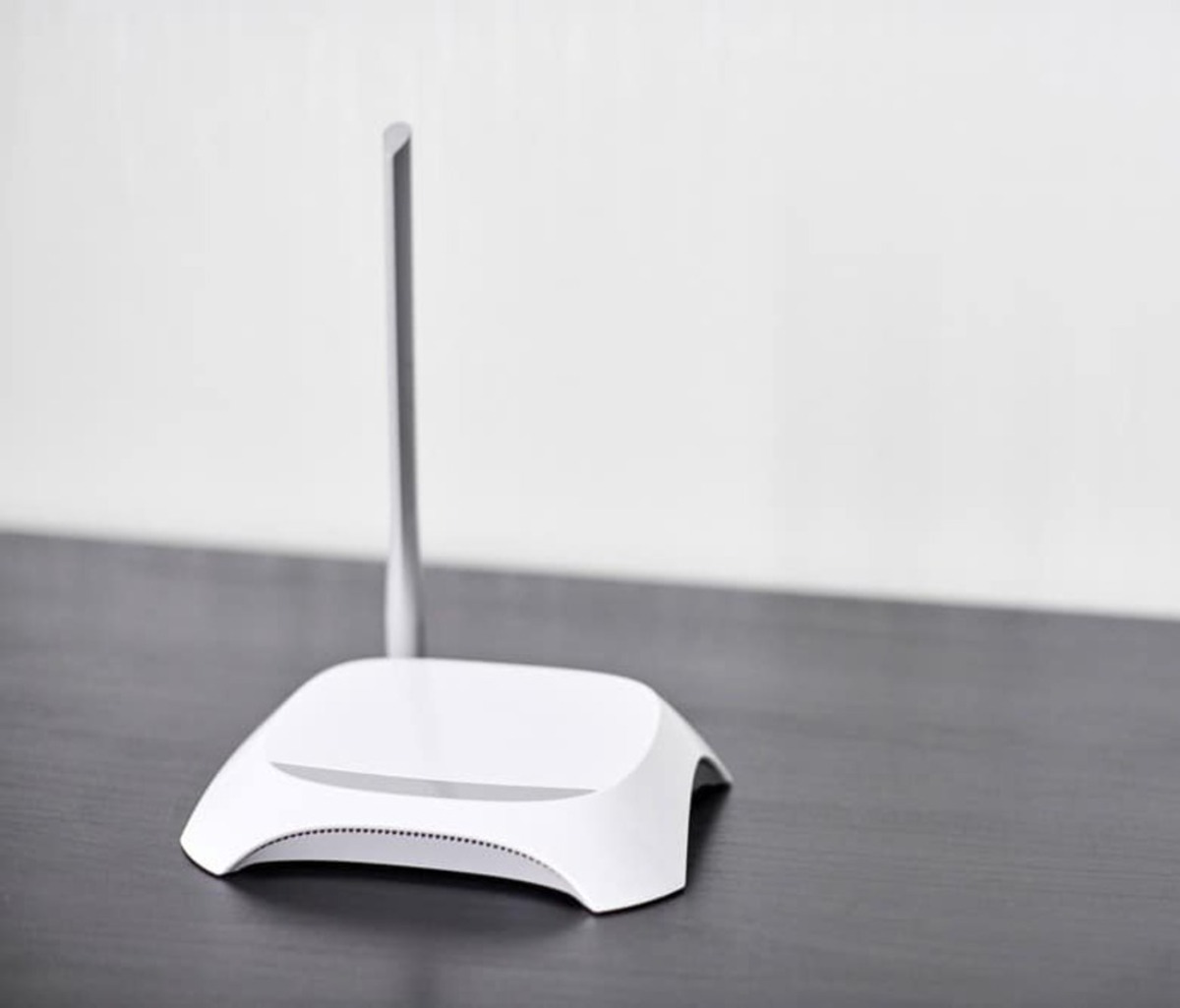
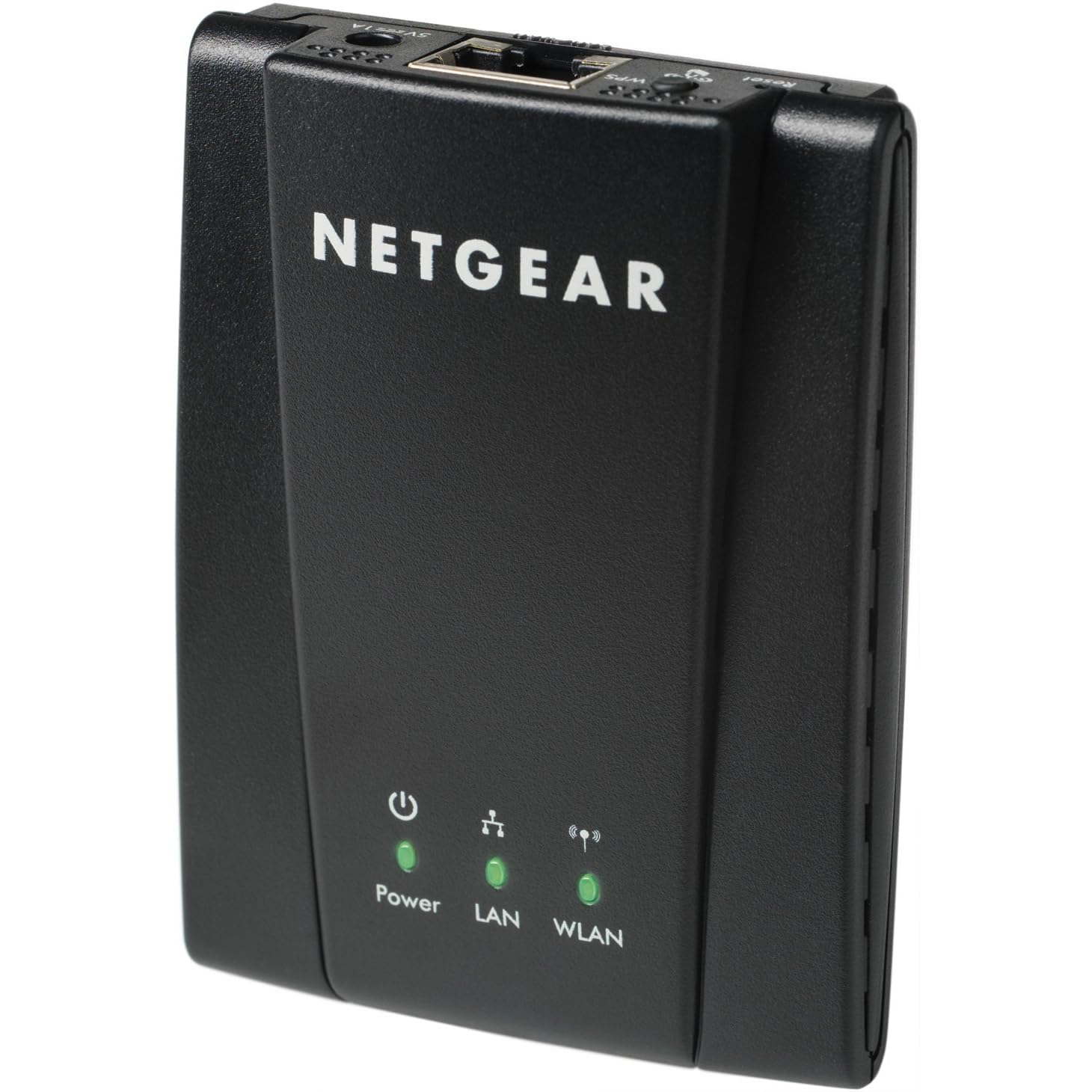
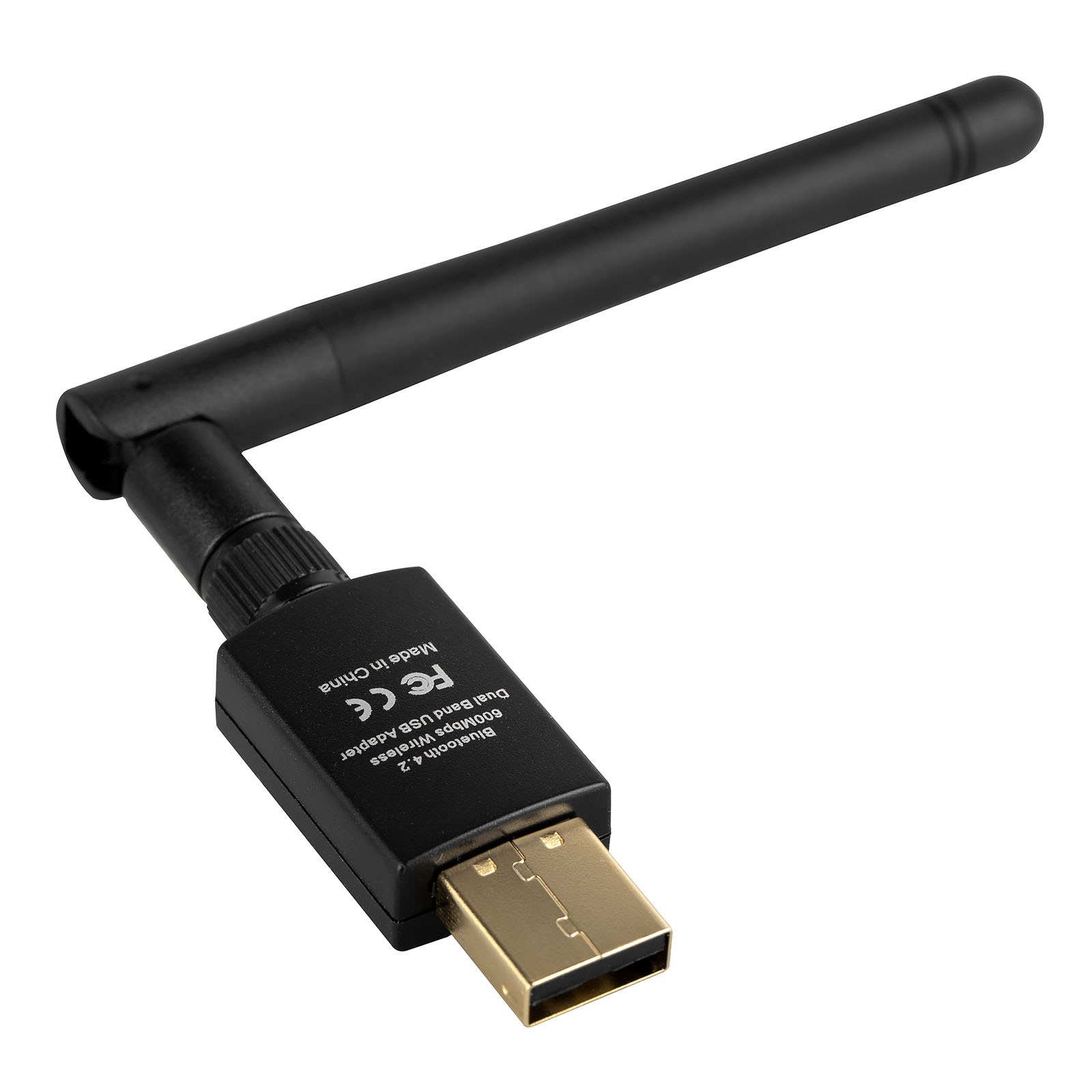
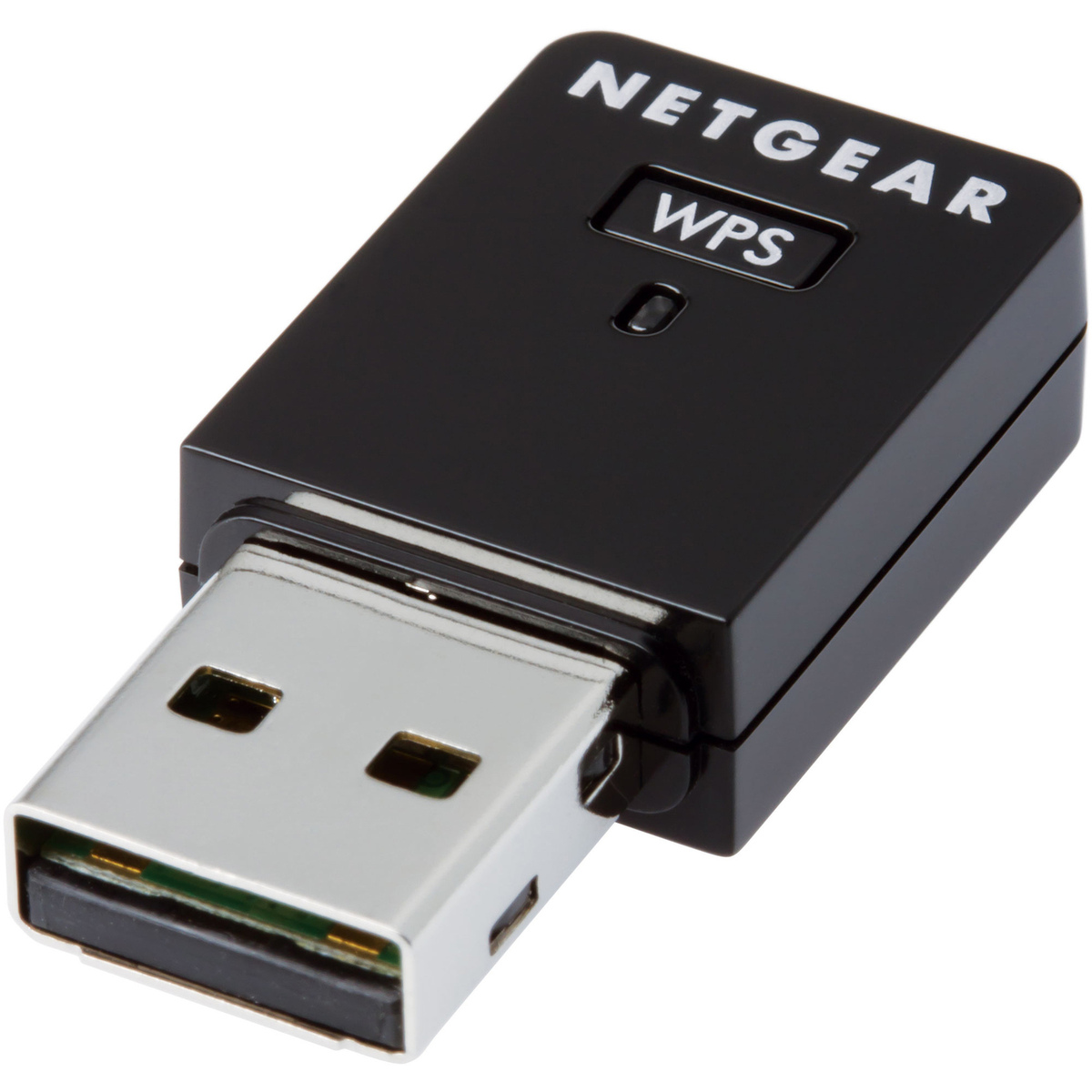
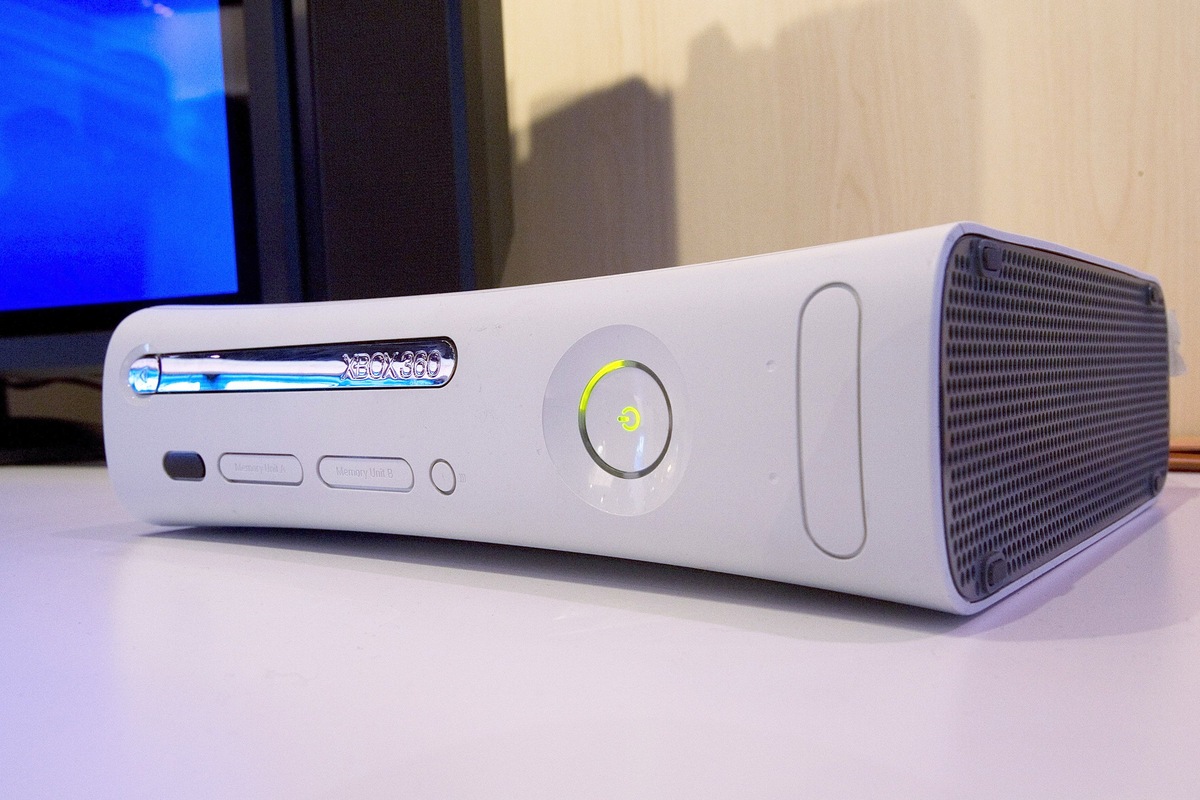



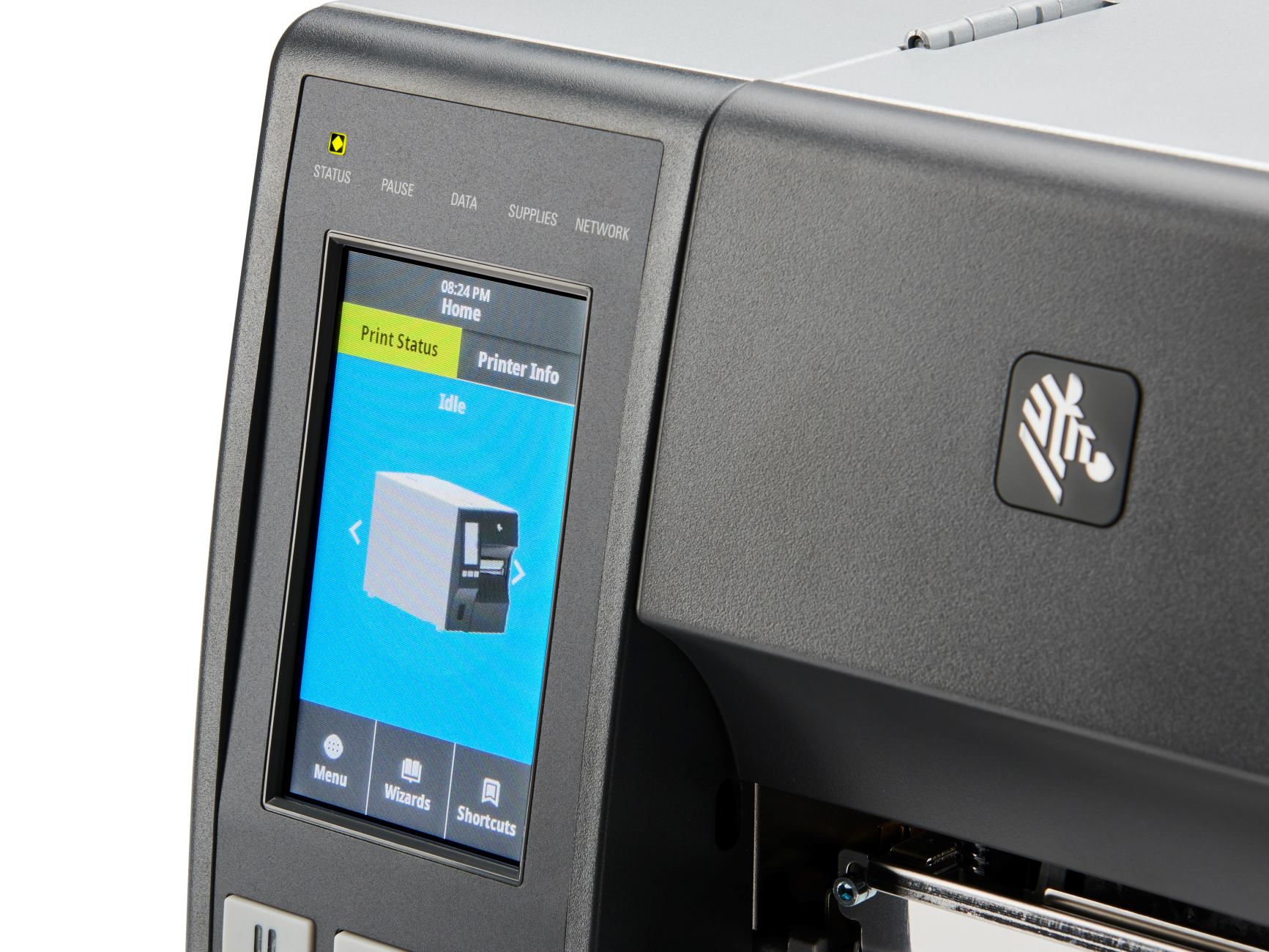
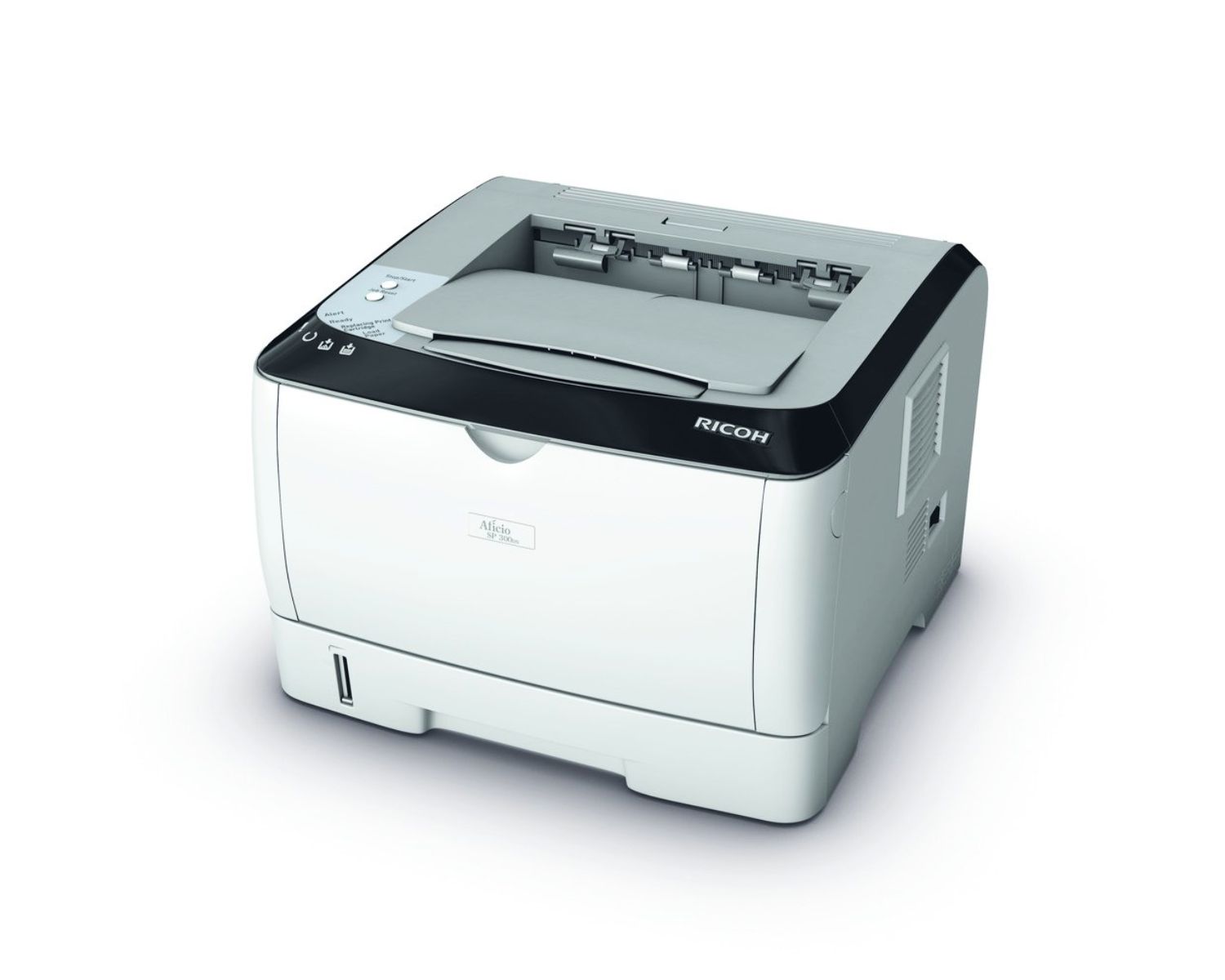

0 thoughts on “How To Update Wifi Adapter Drivers”